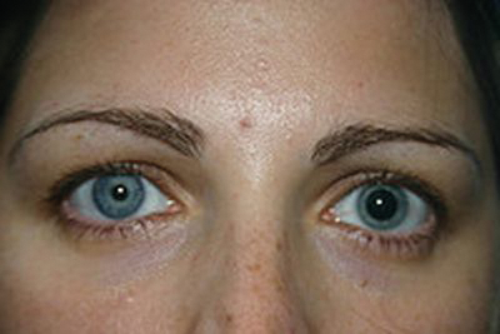

Pinpoint pupils can be an indicator that something is wrong with your health. With the exception of sensitivity to light and potentially impaired or blurred vision, pinpoint pupils can occur in combination with an opioid overdose. In the case of substance use, substances that interact with the central nervous system or muscles in our body can cause the pupils to contract more than they normally would. Diseases such as mumps, rubella, neurosyphilis, and more.Horner Syndrome (which is usually caused by a stroke or tumor).Toxins being in your system (such as insecticides or nerve agents).Substance use (opioids, benzos, heroin, fentanyl, nicotine).

The primary reasons behind pinpoint pupils are: Pinpoint pupils are classified as pupils smaller than 2 millimeters in diameter. When those factors are ruled out as possible reasons behind your pupils shrinking, it’s important to consider other possible causes. Our pupils shrink and expand naturally due to many things, the most common being the light levels around us or how closely we’re staring at an object, though they can also be impacted by emotions like excitement or by adrenaline.

Wolfgang Einhauser-Treyer, a neuropsychiatrist at Philipps University Marburg, asked people to press the button at any point in the range of 10 seconds. →Widespread pupils can expose the examinee’s wish even before he gets to say it. Whichever the problem is, the pupils will stay wide until we get to the solution or until we give up. Psychologist at Princeton University Daniel Kahneman in his study states that the pupil will dilate if we ask the examinee to multiply 8x21, but it will dilate even more if we ask him to multiply numbers 8 and 47. →The pupil will dilate if we expose subjects to difficult tasks. Here are some examples of emotional responses: Our pupils balance between light and emotional reactions at each moment. On the other hand, the parasympathetic spurs initiated with “rest and digestion” stimulus constrict the pupil. When we are stressed, the sympathetic spurs initiated with "struggle or escape" stimulus dilate the pupil. The radial muscle (dilatator) has spokelike arrangement of modified contractile cells and can dilate the pupil up to 8 mm.īut, the autonomic nervous system does not only controls the reactions of the pupil to light it also reveals emotional and mental responses. The circular muscle (sphincter) has ring-shaped fibres that constrict the pupil to a size of 2 mm. The light response is unconscious and is controlled with an autonomic nerve system that automatically adjusts the diameter of the iris to the appropriate amount of light entering the eye to make better picture of what we see- just as the camera lens aperture. When we are in the dark, the smaller amount of light is a stimulus for the pupil dilation, so that more light goes to the back of the eye. With more light, the pupil constricts and becomes smaller. However, when we are afraid, our pupils will also dilate accompanied by eyelid widening, which is the reason for saying “eyes wide with fear.” What can a change in size of pupil tell us about the people we communicate with? Can we discern those in fear from the ones we put demanding tasks on, or from the ones in love (with us)? Everybody knows that pupil will change its size depending on the amount of the light it’s being exposed to.


 0 kommentar(er)
0 kommentar(er)
